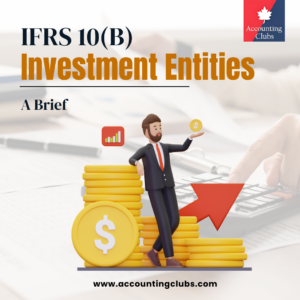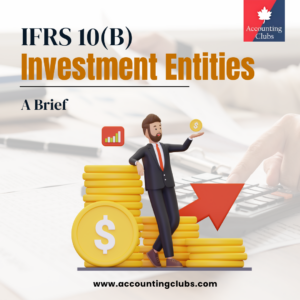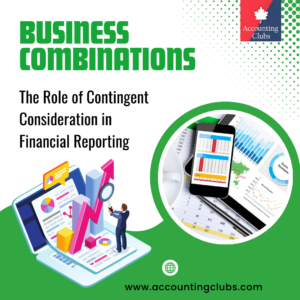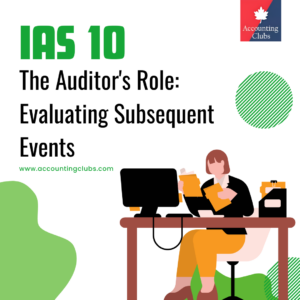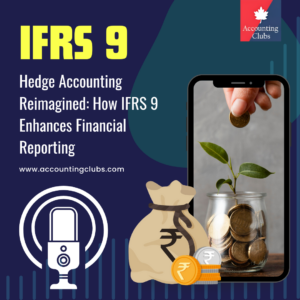Understanding Money Market Funds Under IFRS 9: Key Classification Insights
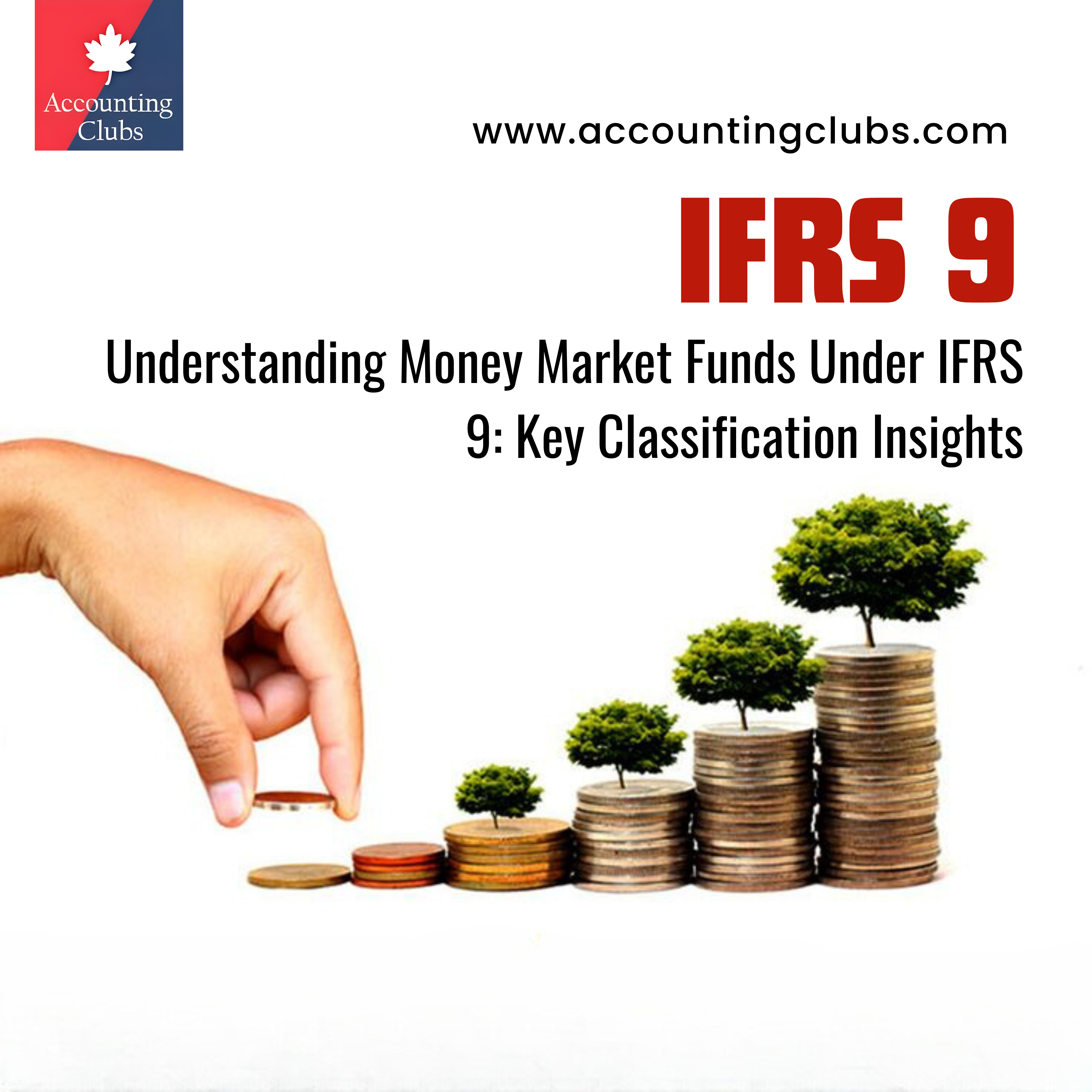
The classification and measurement of financial assets, including investments in money market funds (MMFs), are governed by IFRS 9 (Financial Instruments). This standard represents a significant shift from its predecessor, IAS 39, introducing a more principles-based approach to categorizing financial assets. Understanding how MMFs fit into this framework is crucial for students and professionals in the field of accounting and finance.
Classification Framework Under IFRS 9
IFRS 9 classifies financial assets based on two primary criteria: the entity’s business model for managing the assets and the contractual cash flow characteristics of the financial instruments. The classification outcomes can be one of three categories:
- Amortised Cost: This category applies to financial assets that are held within a business model whose objective is to collect contractual cash flows and where those cash flows represent solely payments of principal and interest (SPPI).
- Fair Value Through Other Comprehensive Income (FVOCI): Financial assets that meet the SPPI criterion but are held in a business model that involves both collecting cash flows and selling the asset fall under this category.
- Fair Value Through Profit or Loss (FVTPL): Any financial asset that does not meet the criteria for amortised cost or FVOCI is classified as FVTPL. This includes derivatives and certain equity investments.
Money Market Funds: Classification Considerations
Money market funds are typically classified as financial assets under IFRS 9. However, their classification depends on several factors:
- Business Model Assessment: The first step involves determining how the fund manager intends to manage the MMF. If the objective is primarily to collect cash flows from investments while maintaining liquidity, the fund may be classified at amortised cost. Conversely, if the fund manager intends to sell shares frequently to manage liquidity or respond to market conditions, it may be classified as FVTPL.
- Cash Flow Characteristics: MMFs generally invest in short-term debt instruments that provide predictable cash flows. If these cash flows meet the SPPI criterion—meaning they consist solely of principal and interest payments—the fund may qualify for amortised cost or FVOCI classification.
Practical Implications for Financial Reporting
The classification of MMFs under IFRS 9 has direct implications for financial reporting:
- Impact on Financial Statements: If an MMF is classified as FVTPL, any changes in its fair value will be recognized in profit or loss immediately, affecting reported earnings volatility. In contrast, if classified as FVOCI, changes in fair value will be recorded in other comprehensive income until realized.
- Disclosure Requirements: Entities must provide disclosures that explain their classification decisions, including the rationale behind their business model assessment and how they determine cash flow characteristics. This transparency is essential for stakeholders who rely on accurate financial information.
- Risk Management Considerations: The classification impacts how entities manage risks associated with their investments. For example, an entity holding MMFs classified at FVTPL may adopt different hedging strategies compared to those holding them at amortised cost.

Case Study: Application of IFRS 9 to Money Market Funds
Consider a hypothetical investment fund, “Global Liquidity Fund,” which primarily invests in government bonds and commercial paper with maturities of less than one year.
- Scenario 1: Amortised Cost Classification
If the fund’s objective is to hold these investments until maturity to collect interest payments and return principal, it may classify its investments at amortised cost. This approach would provide stability in reported earnings as fluctuations in fair value would not impact profit or loss. - Scenario 2: FVTPL Classification
Conversely, if Global Liquidity Fund aims to actively trade its holdings to capitalize on market movements while also providing liquidity to investors, it would classify its investments as FVTPL. In this case, any changes in market value would directly affect its income statement, leading to potential earnings volatility.
How do money market funds differ from other mutual funds in terms of classification under IFRS 9
The classification and measurement of financial instruments under IFRS 9 (Financial Instruments) represent a significant evolution from previous standards, particularly in how different types of funds are categorized. This article explores the specific classification of money market funds (MMFs) compared to other mutual funds, focusing on the implications for financial reporting and compliance.
Understanding Money Market Funds
Money market funds are a type of mutual fund that primarily invests in short-term, low-risk debt instruments such as Treasury bills, commercial paper, and certificates of deposit. Their primary objective is to preserve capital while providing liquidity and modest returns. This focus on safety and liquidity distinguishes MMFs from other mutual funds, which may invest in a broader range of securities, including equities and long-term bonds.
Classification Under IFRS 9
IFRS 9 introduces a more principles-based approach to the classification of financial assets compared to its predecessor, IAS 39. The classification is determined by two main factors: the business model for managing the assets and the contractual cash flow characteristics of the financial instruments.
A. Business Model Assessment:
Money Market Funds: MMFs typically fall under a business model aimed at holding assets to collect contractual cash flows while also being prepared to sell them for liquidity needs. This dual purpose can lead to their classification under either amortised cost or fair value categories, depending on their specific management strategies.
Other Mutual Funds: In contrast, other mutual funds may be managed with a focus on capital appreciation or total return, often leading to a classification as fair value through profit or loss (FVTPL).
B. Cash Flow Characteristics:
For an asset to qualify for amortised cost classification, it must meet the SPPI (solely payments of principal and interest) criterion. Many MMFs invest in instruments that meet this criterion, allowing them to be classified at amortised cost if held within an appropriate business model.
Other mutual funds that invest in equities or derivatives typically do not meet the SPPI criterion, resulting in their classification as FVTPL.
Implications for Financial Reporting
The classification of MMFs versus other mutual funds under IFRS 9 has significant implications for financial reporting:
- Impact on Profit or Loss:
- MMFs at Amortised Cost: If classified at amortised cost, changes in fair value do not affect profit or loss until realized through sale or redemption. This stability is appealing for investors seeking predictable returns.
- MMFs at FVTPL: If classified as FVTPL, any fluctuations in market value will directly impact earnings, potentially leading to increased volatility in reported profits.
- Other Mutual Funds: Most other mutual funds are classified as FVTPL due to their investment strategies, leading to more pronounced fluctuations in reported earnings based on market conditions.
2. Disclosure Requirements:
Entities must provide clear disclosures regarding their classification decisions under IFRS 9. This includes explaining the rationale behind the business model assessment and how cash flow characteristics were evaluated. Transparency is crucial for stakeholders who rely on accurate financial information.
3. Risk Management Considerations:
The classification impacts how entities manage risks associated with their investments. For example, an entity holding MMFs classified at amortised cost may adopt different hedging strategies compared to those holding them at FVTPL

Case Studies Illustrating Classification Differences
- Case Study: Global Liquidity Fund (MMF)
If “Global Liquidity Fund” primarily invests in short-term Treasury securities with the intent to hold them until maturity while also maintaining liquidity for investor redemptions, it may classify its investments at amortised cost. This approach provides stability in reported earnings and minimizes volatility. - Case Study: Equity-Focused Mutual Fund
Conversely, an equity-focused mutual fund named “Growth Opportunities Fund” invests in high-risk stocks aimed at capital appreciation. Since its objective is not aligned with collecting contractual cash flows but rather maximizing returns through trading, it would classify its investments as FVTPL. This results in immediate recognition of any changes in fair value within profit or loss.
The classification and measurement of money market funds under IFRS 9 highlight essential distinctions compared to other mutual funds. By understanding these differences—particularly regarding business models and cash flow characteristics—students and professionals can better navigate the complexities of financial reporting related to various fund types. As the landscape of financial instruments continues to evolve, staying informed about IFRS standards will be crucial for effective accounting practices.
Conclusion
The classification and measurement of investments in money market funds under IFRS 9 require careful consideration of both the business model and cash flow characteristics. By understanding these criteria, students and professionals can better navigate the complexities of financial reporting related to MMFs. As the landscape of financial instruments continues to evolve, staying informed about IFRS standards will be essential for effective accounting practices.

